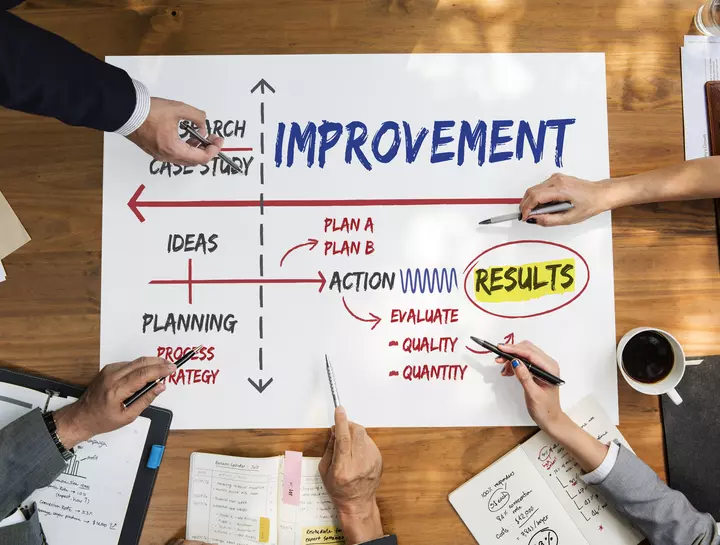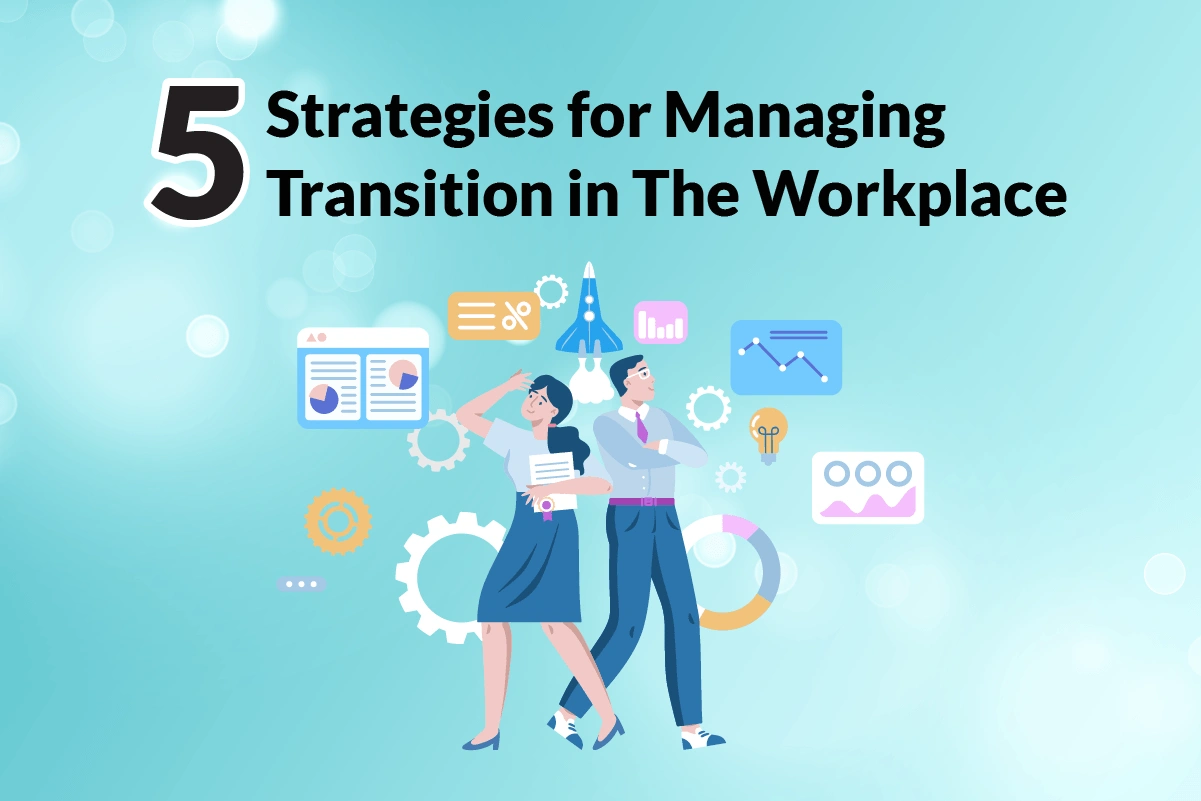Navigating through employee transitions in a corporate environment can often pose significant challenges for businesses. Be it onboarding new staff, adjusting to personnel changes, or adapting to role shifts, such transitions necessitate meticulous preparation and productive strategies. As a leader in your organization, offering employees a certain level of autonomy during the transition period can effectively mitigate their anxieties and guide them through this phase of change. In this article, we will delve into beneficial strategies for managing transition in the workplace effectively.
What is Transition in the Workplace?
Transition in the workplace often refers to a period of change or transformation of positions that occurs within an organization. This could be due to a variety of factors, such as promotion, transfer, restructuring, or even leaving the company. The process involves several steps, including the change in job responsibilities, adapting to new teams or management, training for the new role, or transitioning out of the organization. An effective employee transition strategy ensures that these changes are smooth and cause minimum disruption to the individual and the organization’s operations.

Challenges of Transitioning in the Workplace
Transitioning employees in the workplace can be challenging. Here are some common issues:
- Resistance to change: Employees may resist transitioning due to fear or uncertainty.
- Skill gaps: Employees may lack the necessary skills for their new roles.
- Maintaining morale: Uncertainty can lower employee morale and engagement.
- Team dynamics: Adjusting to new team members and responsibilities can be difficult.
- Leadership challenges: Managers need to guide their teams through change.
- Knowledge transfer: Losing important knowledge and expertise is a risk.
- Time and resource constraints: Managing transitions can be time-consuming and require resources.
Model for Managing Transition in the Workplace
Managing transitions in the workplace involves a systematic approach to guide individuals and organizations through change.

Here is a model comprising 6 stages for effectively managing workplace transitions:
Preparation
This stage involves creating awareness and preparing employees for the upcoming change.
Example: Before implementing a new work schedule, the company conducts a meeting to inform employees about the revised hours and explains the reasons behind the change.
Planning
Developing a detailed transition plan to smoothly navigate the employee change process.
Example: The HR department maps out a comprehensive plan to transition employees from the old performance appraisal system to a new feedback-based approach. They establish milestones, assign responsibilities, and set a timeline for implementation.
Communication
Consistently and transparently sharing updates, expectations, and information related to the employee transition.
Example: The management team regularly holds town hall meetings to communicate important updates about a merger, ensuring employees are aware of the progress, anticipated changes, and addressing any concerns.
Implementation
Executing the employee transition plan while monitoring progress and addressing challenges.
Example: The company launches a new remote work policy and ensures employees have the necessary technology, communication tools, and guidelines to smoothly transition to a remote work setup.
Support
Providing resources, training, and assistance to help employees adapt to the change during the transition.
Example: The organization offers training sessions and mentorship programs to help employees acquire the skills required for a new project management software being introduced in the workplace.
Evaluation
Assessing the outcomes and gathering feedback to measure the success of the employee transition.
Example: After implementing a new flexible work arrangement, the company conducts surveys to gather employee feedback on its impact on work-life balance and overall satisfaction.
5 Strategies for Managing Transition in the Workplace
Managing transitions in the workplace requires careful planning and implementation. Here are some effective strategies to consider when managing workplace transitions:
Structure Onboarding
A well-structured onboarding process is vital for managing workplace transitions. Clear objectives, comprehensive information, relationship building, personalized support, and ongoing feedback are key strategies to optimize the onboarding experience.
Provide Leaving and Onboarding Checklists
These checklists act as valuable tools for both departing and incoming employees. A leaving checklist ensures a smooth departure, outlining essential tasks like knowledge transfer, equipment return, and finalizing projects.
On the other hand, an onboarding checklist helps new employees navigate their transition by providing a step-by-step guide to familiarize themselves with their role, team, and organizational processes.
Implement Position-Specific Processes
Recognizing that each role has its unique requirements, responsibilities, and workflows, organizations should develop tailored processes for new employees based on their positions.
By doing so, organizations can provide targeted training, resources, and support that directly align with the specific needs of the role. This personalized approach ensures that employees feel equipped and confident in their new positions.
Cross-Train Employees
By providing opportunities for employees to learn and develop skills beyond their primary roles, organizations can foster a more adaptable and resilient workforce.
Cross-training enhances employee versatility and ensures that critical tasks can still be performed during transitions, even if there are gaps in personnel. It promotes knowledge sharing, strengthens teamwork, and boosts overall productivity.

Recognize and Celebrate Progress
Acknowledge and appreciate employees’ efforts, and highlight success stories. Celebrating progress boosts morale and motivates employees to continue adapting to the changes.
Conclusion
In conclusion, effectively managing employee transition in the workplace is crucial for organizations to adapt, thrive, and succeed in today’s dynamic business environment. By implementing the strategies discussed in this blog, organizations can navigate change with confidence, minimize disruptions, and foster a supportive transition experience for employees.
However, managing transitions can still be complex and time-consuming. That’s where Boulo Solutions can help. With our experience in the workforce, we offer tailored solutions to assist organizations in successfully navigating workplace transitions.
Let Boulo Solutions find you the perfect candidate for your talent and skill gaps from the transition., whether your need is in Business Administration, Business Development/Sales, Customer Success, Financial Services, Marketing, Project Management/Operations, or other fields. Let us be your trusted partner.
Reference:
- Victoria, U. o. (n.d.). Managing Change and Transition. University of Victoria. Retrieved from https://www.uvic.ca/hr/assets/docs/od/Workbook%20-%20Managing%20Change%20and%20Transition2.pdf

